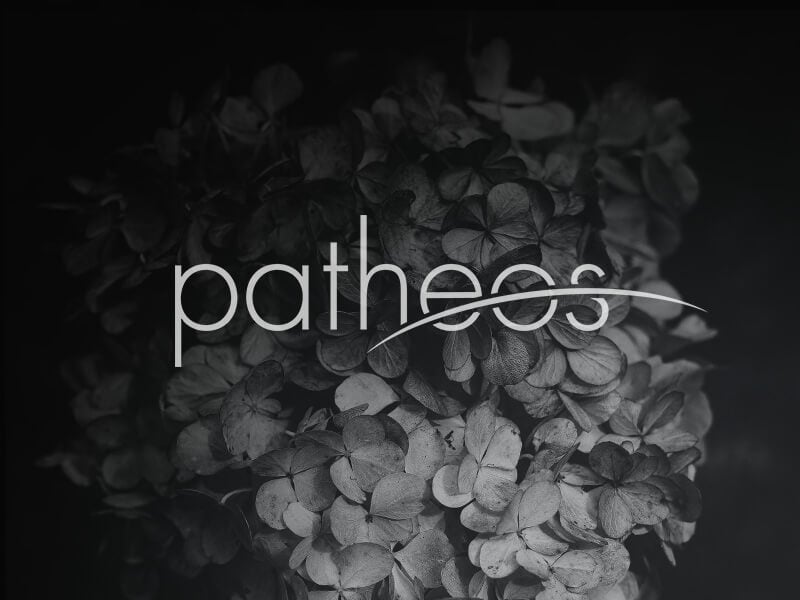Gerald B. McDermott (ed.)
The Future of Orthodox Anglicanism
Wheaton, IL: Crossway, 2020.
Available from Crossway and Koorong
Anglicanism is the fastest-growing Christian communion in the world, especially in North America and southern Africa. Many evangelicals from non-sacramental backgrounds are hungry for connection to the early church’s mystery, sacraments, and liturgy. So they are being drawn to this historic denomination. But what is Anglicanism and where did it come from? This book contains eleven essays by prominent Anglican scholars and leaders representing diverse perspectives from East Africa, North Africa, and North America explore the rich legacy of the Anglican Church—grounding readers in the past in preparation for the future.
For those interested in Anglican theology and Anglicanism this is a great book about the future of “orthodox” Anglicanism (as opposed to liberal varieties).
Mouneer Hanna Anis tells a fascinating story about the history of Anglicanism in Egypt (very different to what I was expecting). Foley Beach berates liberal Anglicanism as neo-paganism. John Yates talks about Anglican essentials as Scripture, worship, proclaiming the gospel, and national service. Journalist Barbara Gauthier makes some astute observations about Anglicanism as Reformed Catholicism.
By far the most informative and entertaining part of the book is Gerald Bray’s essay “An Anglican Historian and Theologian: A Church In Search of its Soul.” It is an excellent history of the rise of Anglicanism, the 1662 explusion, Anglo-Catholicism, and liberal Anglicanism. I know I shouldn’t admit this, but Bray’s snarkiness is truly entertaining – something of David Bentley Hart’s ilk.
He points out that Mary I’s single greatest achievement was “produce Protestant martyrs whose bravery and determination in the face of death won the hearts of the public” (p. 155). After the abolishment of censorship in 1695, “By 1750 many of the dissenting congregations had either fallen into heresy, like the Presbyterians, who almost all became Unitarians, or declined into insignificance, like the Baptists” (157). On Anglo-Catholics, they, “had a romantic streak that their Protestant adversaries lacked, and the Victorian era was given to flights of religious romanticism. They built neo-Gothic churches, dressed in neo-Gothic clerical vestments, and generally tried to resurrection an imaginary medieval ‘age of faith’ as far as they could. It was a con trick, but it had wide appeal, not least in the United States, where Episcopalians tended to be romantic Anglophiles for whom mock medievalism provided a welcome antidote to the crass materialism of modernity and the ungenteel rudeness of frontier society” (162). In America, the fascination with Richard Hooker has been replaced “a cult of C.S. Lewis” (168). Oh, and: “American Anglicanism also comes across to others as a strange coalition of extremes. Its liberal may be off the wall, but its conservatives can also appear to outsiders to be bizarre and even obnoxious. If the rest of the Anglican Communion is expected to rofide an audience for the infighting of its American members, it is unlikely to last long” (168).
Only two things I’d change about the book. First, no Aussie or Asian authors – Not Happy Jan! Second, some authors perpetuate the myth that Anglicanism is a via media between Catholicism and the Reformation. This is not true, rather, Anglicanism is a via media between Wittenberg and Geneva (which Bray point out).
I’m grateful to Crossway publishers for investing some effort in global Anglicanism, here’s the endorsement I wrote:
“To be Anglican does not mean being part of a church created solely to sort out Henry VIII’s marital strife and procreative problem. To be Anglican does not mean to be white and vaguely religious. To be Anglican is not about trying to solve tense theological debates in ways that please no one and fail to address the underlying problem but will have to suffice for now. Rather, this courageous volume, ably edited by Gerald McDermott, shows that being Anglican is really about being part of the one, holy, catholic, and apostolic church. Anglicanism at its best is the marriage of the church’s ancient catholic faith with the recovery of the apostolic gospel from the English Reformation. But the question is this: what will this kind of Anglicanism look like in the future? This international lineup of contributors outlines the current state of orthodox Anglicanism in its various provinces, the challenges facing Anglicanism in its various centers, and what might be the future of global Anglicanism. A fascinating read about a future fraught with challenges and buoyed by hopes.”
Michael F. Bird












